Uncorking the Ultimate 7-Day France Wine Touring Itinerary
There’s something profoundly luxurious about slowing down in France. It’s not just the châteaux or Michelin-starred meals, it’s the way the days stretch out before you, scented with lavender, touched by vineyard breezes, and punctuated by the clink of tasting glasses.
Wine tourism in France has surged 30% in recent years, and it’s no surprise. With over €7.6 billion flowing into the tourism economy annually from wine-related travel alone, this is a country that doesn’t just make wine—it lives it. And for travelers seeking depth, elegance, and immersion, a thoughtfully crafted 7-day wine tour of France offers the perfect opportunity to slow down and experience its regions in full.
Yet most wine travelers only stay for 4.3 days, barely enough time to uncork the surface. If you’re reading this itinerary, you’re probably someone who knows that more time is needed.
Table of Contents
- Why a 7-Day Wine Touring Itinerary in France is the Perfect Blend of Luxury and Discovery
- Your 7-Day Wine Touring Itinerary in France
- Practical Planning Tips: Booking, Timing & Etiquette
- The Joy of Slow Travel in French Wine Country
Why a 7-Day Wine Touring Itinerary in France is the Perfect Blend of Luxury and Discovery
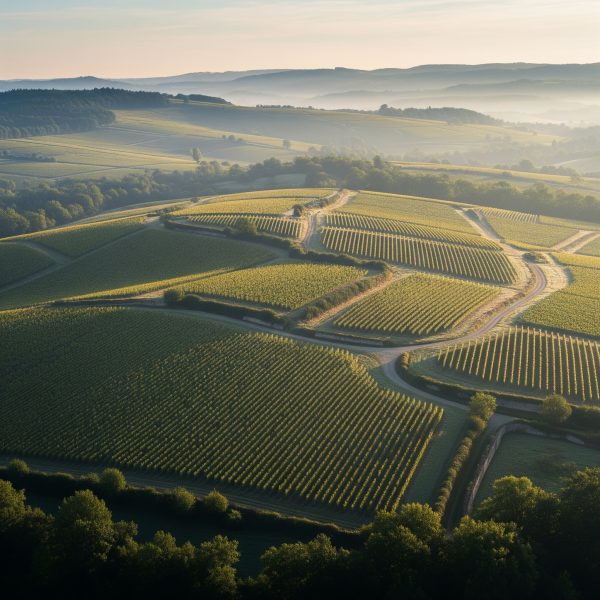
A 7-day France wine touring itinerary offers something different. Space. Depth. The chance to linger over a Grand Cru in Burgundy, rise early for a cellar tour in Champagne, or stroll through Bordeaux’s golden vineyards with time to spare before your next appointment. It’s a pace that allows indulgence without hurry, and discovery without fatigue.
This is an invitation. To explore iconic names and under-the-radar producers. To travel not just between regions, but through time and terroir. From the chalky cellars of Épernay to the limestone hills of Beaune and the gravelly banks of the Garonne, this France wine country itinerary blends sparkle, structure, and soul.
Your 7-Day Wine Touring Itinerary in France
Whether you’re a seasoned oenophile or a curious enthusiast, this 1-week itinerary of France offers more than tastings - it offers connection.
Day 1: Awakening the Palate: Arrival in Paris and Transfer to Champagne
We begin in Champagne not only because it’s close to Paris, but because its crisp, precise wines mirror the excitement of arrival. It sets the tone - elevated, effervescent, and full of potential.
After you touch down in Paris, your private driver whisks you away to the region that’s as iconic as it is quietly refined. In less than two hours, you’ll swap city streets for vine-covered slopes and the golden light of the Marne Valley.
Settle into your first base: we love the elegant Royal Champagne Hotel & Spa, where panoramic vineyard views combine with five-star comfort, or perhaps a charming guesthouse tucked between grand cru plots. Once you’ve unpacked and had a light lunch, the tasting begins.
Start with a private visit to Moët & Chandon in Épernay, where you descend into a labyrinth of chalk cellars stretching nearly 30 kilometres underground. As your guide leads you through the house’s centuries-old legacy, you’ll follow the méthode champenoise from grape to glass and finish with a tasting of prestige cuvées in the hushed stillness of the cellar.

Then it’s time to meet Champagne’s new generation. Head to a family-run estate like Roger Coulon or Pierre Gimonnet, where growers craft terroir-driven wines from their own vines. These intimate tastings let you dive into single-village expressions and blanc de blancs bottlings that speak of precision and place.
In the evening, sit down to a tasting menu at Racine in Reims (two Michelin stars), for Japanese elegance on French terroir. Each course arrives paired with a carefully selected Champagne, rounding out your first day in the region with flavour, finesse, and a toast to what’s ahead.
Day 2: Precision and Place: Grand Cru Villages, Boutique Growers & Vineyard Views
Wake to soft morning light spilling across the vines. After a leisurely breakfast overlooking the Marne Valley, you’ll head into the heart of Champagne’s vinous mosaic: the Montagne de Reims.
Rather than rushing through marquee names, today is about focus. In Champagne, precision matters, and the nuance between neighbouring plots can be profound. We’ve curated a route that reveals the subtlest shifts in soil, slope, and structure, with time to truly absorb it.
Your guide drives you through a patchwork of grand cru villages - Ambonnay, Bouzy, and Verzenay - each known for Pinot Noir with power and poise. The roads meander through forested hills and vineyard-covered slopes, opening to postcard views at every bend.
First stop: a private tasting at a boutique producer such as Egly-Ouriet or Larmandier-Bernier. Here, winemaking is hands-on, deeply rooted in place, and quietly exceptional. The grower may pour unlabelled bottles, walk you through chalky vineyards, and speak candidly about barrel choices, vine age, and the elusive balance between tension and texture. These are the Champagnes few tourists ever find - crafted for those who seek depth over dazzle.
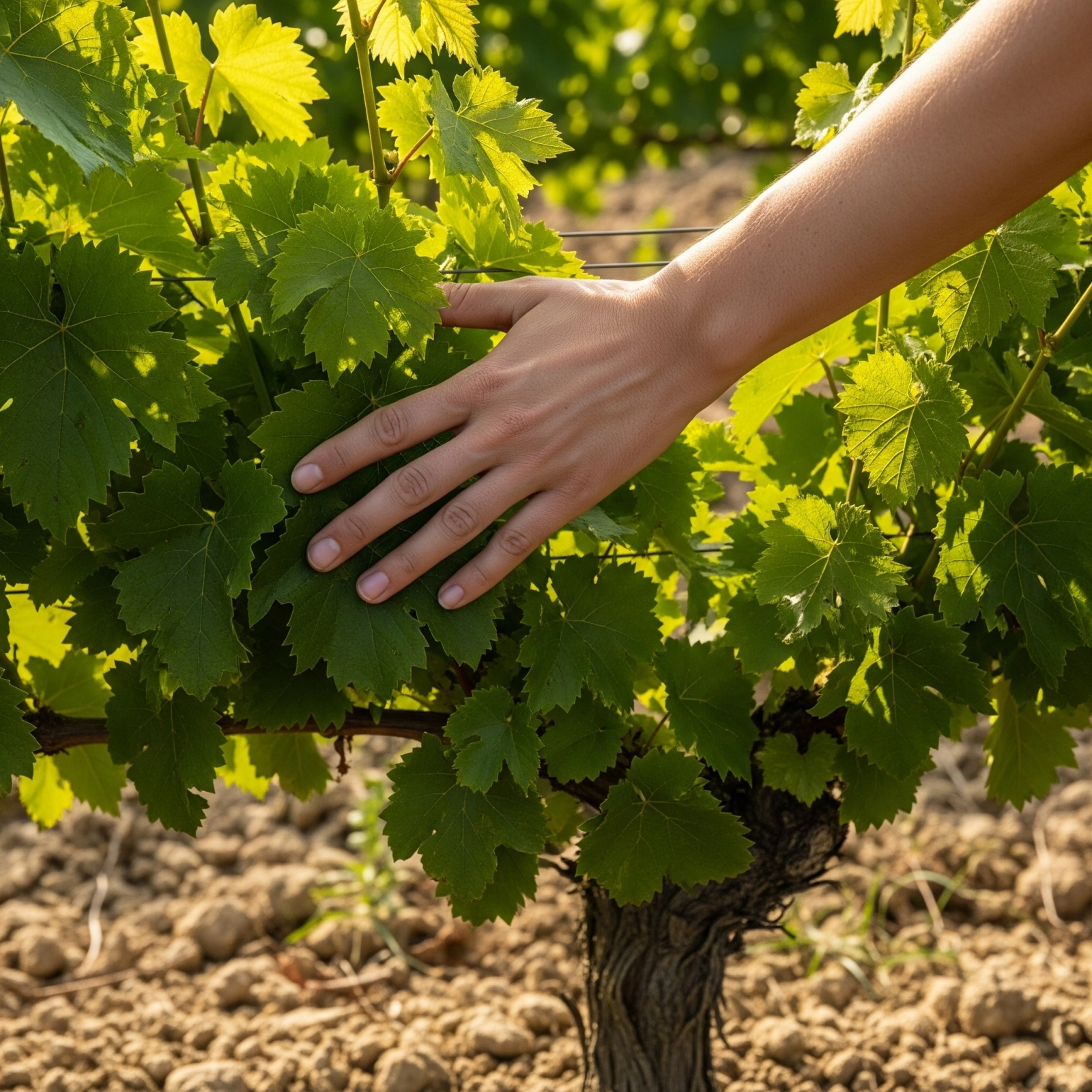
Pause midday for lunch in the village of Hautvillers, the cradle of Champagne and the resting place of Dom Pérignon. At Au 36, dine simply but meaningfully: langoustine tartare, roast guinea fowl, and a flight of biodynamic Champagnes served with a side of abbey history.
In the afternoon, take a vineyard walk near Rilly-la-Montagne with a local viticulturist. Moving at a natural pace lets you engage the senses fully: the rustle of leaves, the scent of chalky earth, the warmth radiating from old vine trunks. This is slow Champagne - tasted through place, not just in the glass.
Return to your hotel in time for a golden-hour apéritif. Whether poolside or perched in a quiet suite, the day ends with the same elegance it began: with beauty, insight, and bubbles that now speak volumes.
Day 3: From Sparkle to Subtlety: Arrival in Beaune and the Côte de Beaune
This morning, you bid farewell to Champagne with one last café crème on the terrace - your palate awakened, your senses tuned to nuance. It’s time for a shift in tone, from the celebratory brightness of bubbles to the quiet depth of Burgundy. These are wines that invite contemplation, and arriving mid-week gives you space to explore them slowly.
A late-morning TGV from Reims to Dijon offers a comfortable, scenic ride. As the vineyards of Champagne fade into fields and forests, the train provides a natural pause for reflection - a moment to absorb all you've learned before turning the page to a new chapter.
On arrival in Dijon, your private driver meets you for the short, winding transfer into the Côte de Beaune. This is the cradle of Chardonnay and Pinot Noir, where limestone soils and centuries-old savoir-faire shape some of the world’s most expressive wines.
By early afternoon, you’ll reach Beaune, the medieval heart of Burgundy and your base for the next two nights. With its cobbled lanes, timbered façades, and cellar doors tucked behind ancient courtyards, Beaune is both a village and a vinous library - every street corner whispering wine history.
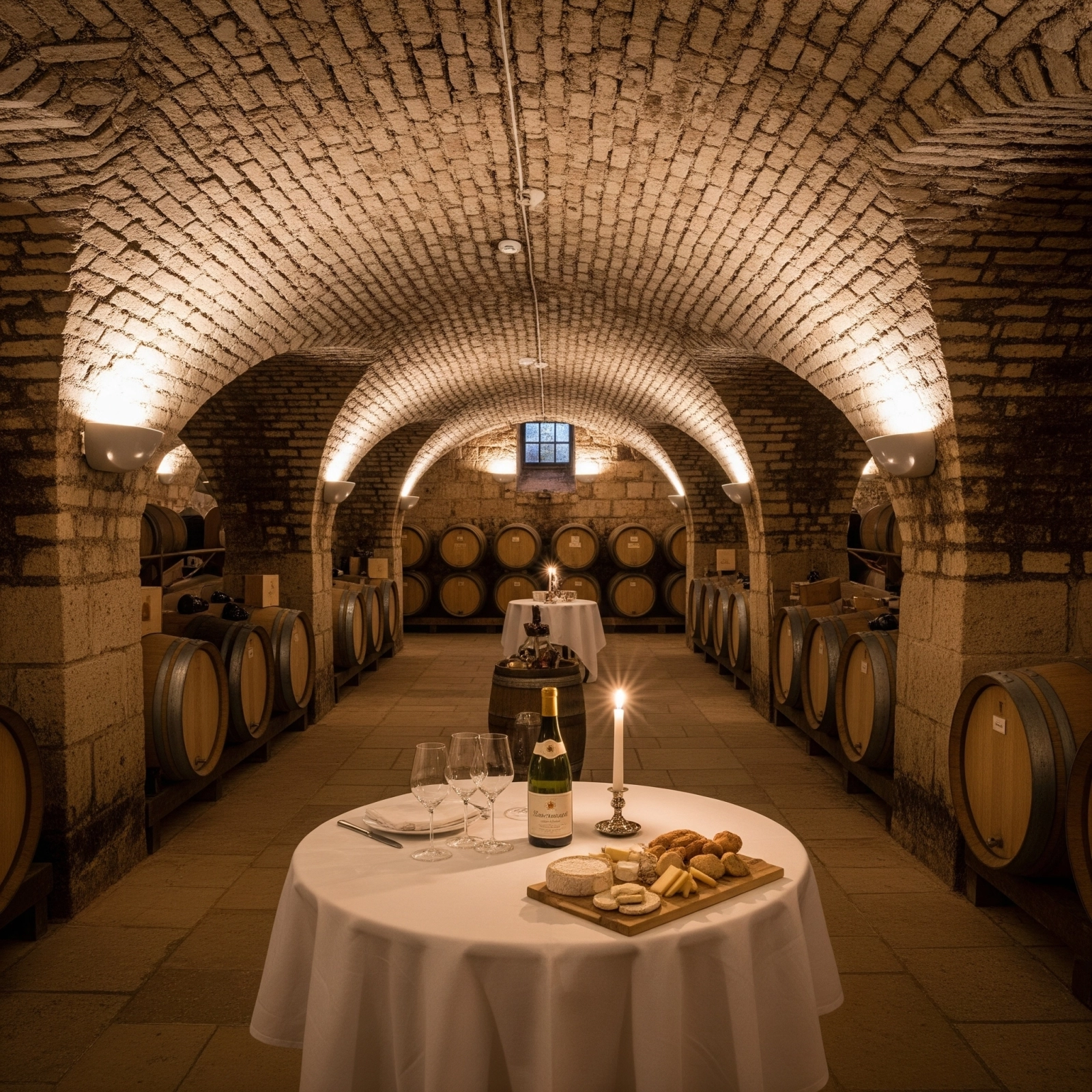
Check into your boutique hotel - we recommend Hôtel de Beaune or Hostellerie Cèdre & Spa for their refined charm and walkable location. Then head out for your first Burgundy tasting: a private visit to a storied négociant such as Bouchard Père et Fils or Maison Joseph Drouhin. Here, you’ll explore atmospheric cellars carved deep into the limestone beneath the town and taste a flight of Côte de Beaune wines that showcase the region’s minerality, elegance, and quiet power.
Later, stroll to the 15th-century Hôtel-Dieu, an architectural gem whose glazed-tile roof has become a Burgundy icon. Its annual wine auction still funds local charities, blending history and philanthropy through the lens of wine.
End the day with dinner at La Lune or Le Bénaton, both beloved for their Burgundy-rooted cuisine and thoughtful wine pairings. Ask for a glass of Meursault or Volnay, and savour the first notes of a region that rewards the curious and the patient.
Tomorrow, Burgundy reveals its soul.
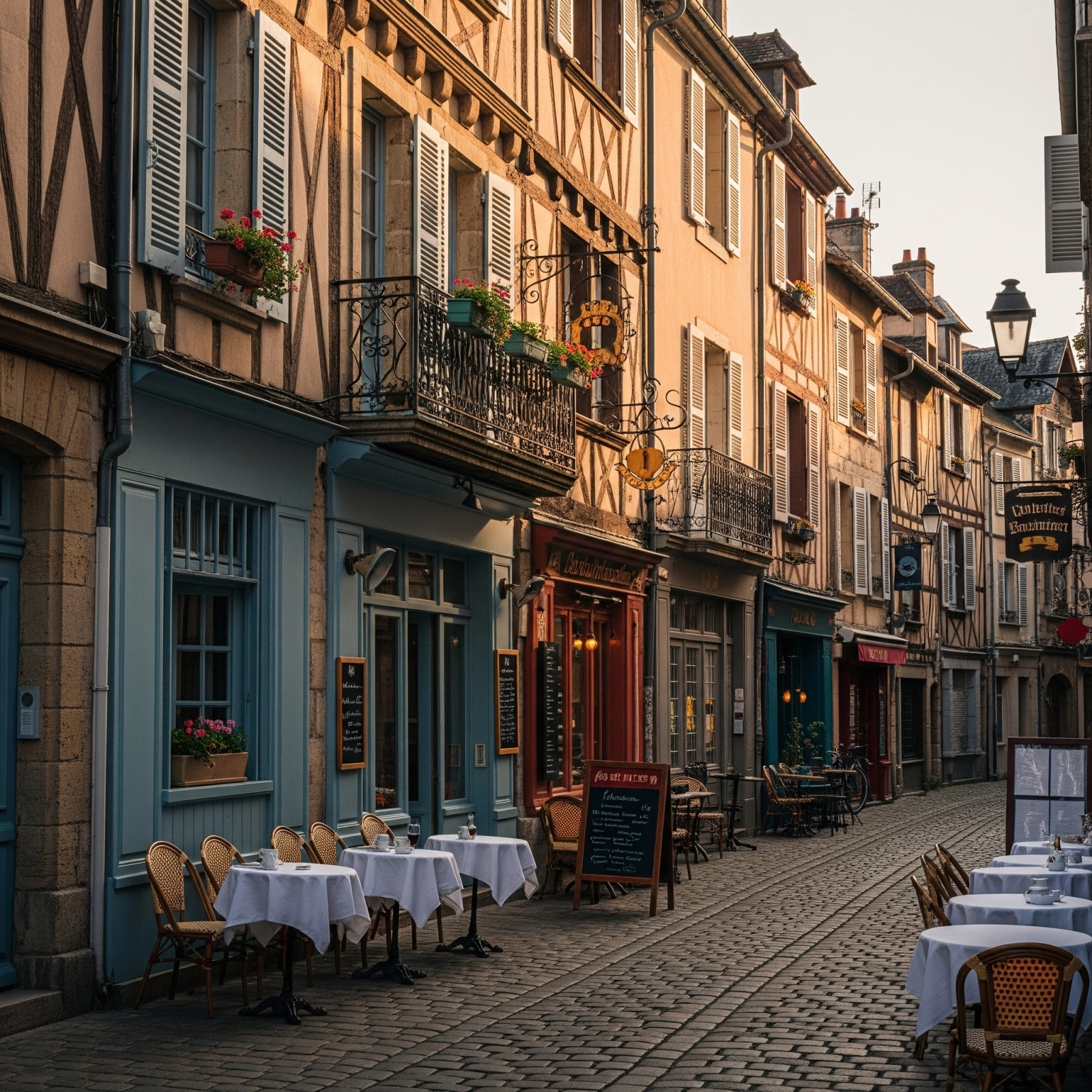
Day 4: The Soul of Pinot Noir: Grand Crus and Hidden Gems in the Côte de Nuits
By now, your palate is ready. Today, we touch the soul of Burgundy—its most storied slopes and age-worthy red wines. The Côte de Nuits is where Pinot Noir achieves its purest expression.
After a leisurely breakfast in Beaune, your private driver escorts you north into a narrow corridor of legendary terroir. The Côte de Nuits may span only 20 kilometres, but it’s home to more grand crus than any other place on earth, each one a lesson in subtlety and slope.
Your morning begins in Vosne-Romanée, a village revered like few others. Here, the grands crus - Romanée-Conti, La Tâche, Richebourg - are not just vineyards but sacred ground. A private tasting at a prestigious domaine such as Domaine Jean Grivot or Domaine Anne Gros invites you into that legacy. Expect intensity without weight, clarity with depth. If weather allows, your host may guide you into the vines to explore the gentle incline and gravelly soils that define each parcel’s personality.
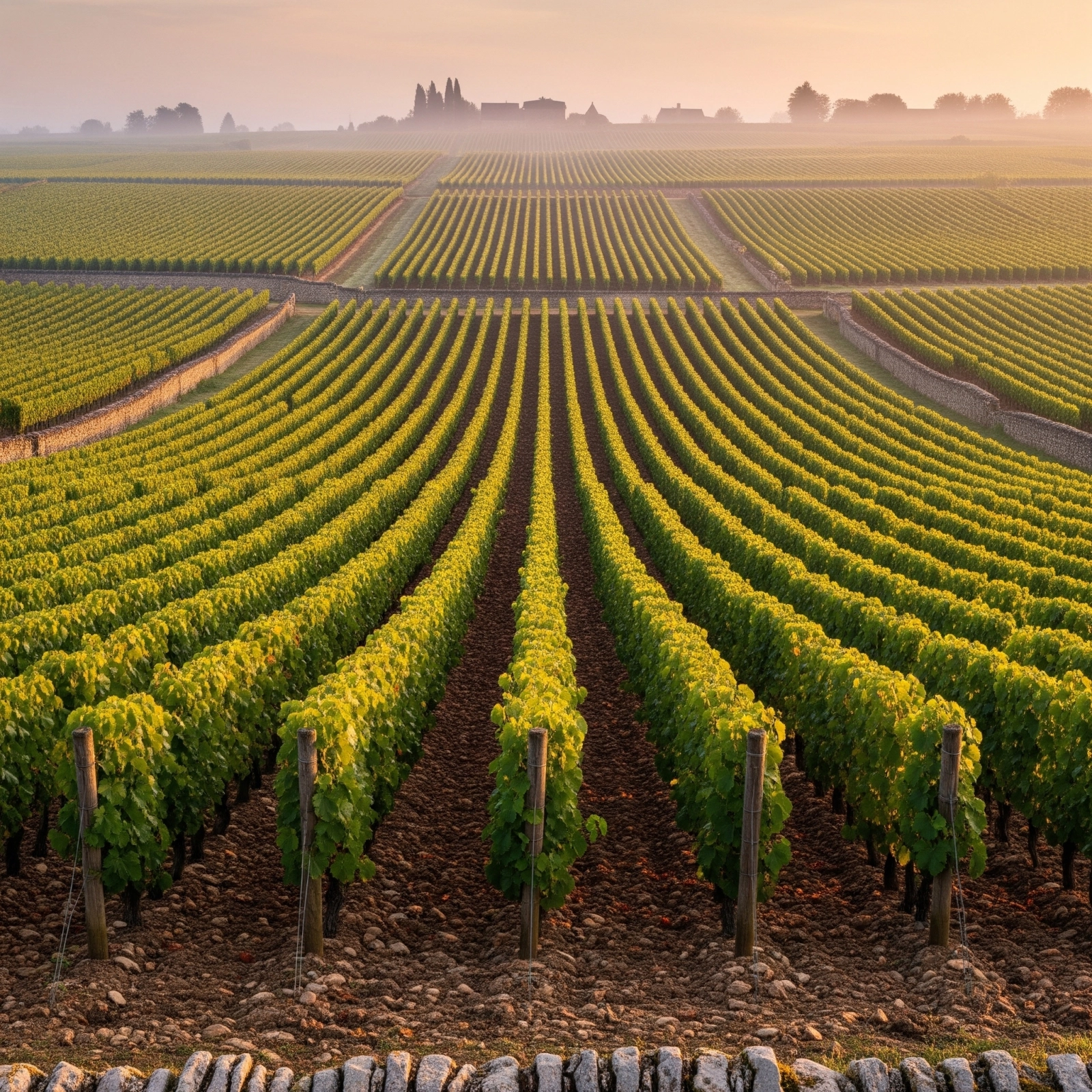
Next, travel to Nuits-Saint-Georges for a relaxed lunch at Le Café de Paris, where Burgundian classics like boeuf bourguignon or truffled eggs are paired with village wines served by the glass. There’s time afterward to browse a wine shop or visit the Imaginarium, a playful yet informative museum exploring Burgundy’s sparkling side.
In the afternoon, arrive in Gevrey-Chambertin, known as the “king” of the Côte de Nuits. Here, power and elegance meet in the glass. At Domaine Drouhin-Laroze or Domaine Philippe Leclerc, you’ll taste robust, cellar-worthy Pinot Noirs - perhaps through a vertical tasting that showcases how a single cuvée evolves over decades. This is where time becomes a flavour.\
Return to Beaune in the early evening, satisfied but not rushed. Tonight’s dinner might be at Ma Cuisine, a local favourite known for its deep cellar and informal warmth, or Cave Madeleine, where chefs and sommeliers work in quiet harmony to match seasonal dishes with thoughtful pours.
Let the night stretch. There’s no need to rush. Burgundy is best appreciated slowly, sip by sip, story by story.

Day 5: Heritage in Harmony: Arrival in Bordeaux & The Charm of Saint-Émilion
This morning, you journey westward, leaving the limestone and introspection of Burgundy behind as you step into a region shaped by rivers, richness, and legacy. The TGV ride from Dijon to Bordeaux takes just under five hours in first class, offering a scenic pause to reflect on Burgundy’s nuance before immersing yourself in the bold elegance of Bordeaux. We recommend packing a light overnight bag to keep travel effortless and focused.
We begin on Bordeaux’s Right Bank for a reason: Merlot provides a softer welcome. These wines are fruit-forward, plush, and immediately engaging - perfect after the cerebral subtlety of Pinot Noir. The region itself, particularly Saint-Émilion, offers a more intimate landscape of medieval lanes, golden-stone villages, and vine-covered hills.
Your private driver meets you at Bordeaux St-Jean station, then whisks you to your first tasting: perhaps at Château Coutet, an organic estate with a centuries-old lineage, or Château La Gaffelière, one of Saint-Émilion’s Premier Grand Crus. Here, you’ll experience the elegance and generosity of Merlot-driven blends, shaped by limestone plateaus and passed down through generations.
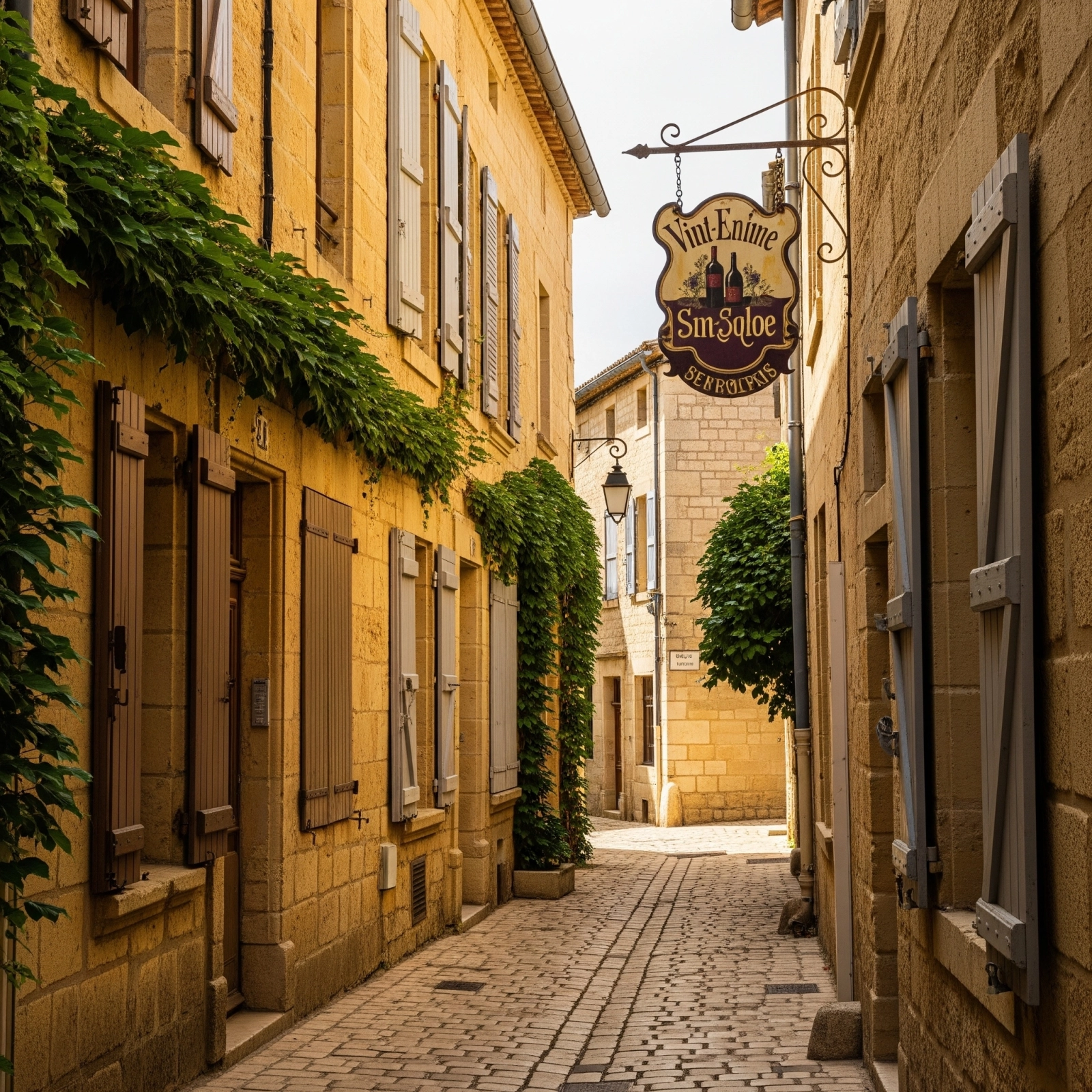
Afterward, wander Saint-Émilion at your own pace. The town is a UNESCO World Heritage Site for good reason: its monolithic church is carved entirely from stone, its wine shops are filled with rare treasures, and every corner whispers of vinous history. It’s a place to let your curiosity lead.
Check in to a nearby château hotel such as Château Grand Barrail, where vineyard views, fine linens, and classic indulgence await.
This evening, enjoy a relaxed but elevated dinner at Logis de la Cadène, tucked into a cobbled side street with a menu that shifts with the seasons and a wine list that reads like a love letter to the region. Pair a silky Saint-Émilion Grand Cru with a confit duck or artichoke tart, and toast to new beginnings in Bordeaux.
Tomorrow, the Médoc awaits - bringing structure, power, and some of the most iconic labels in the world.
Day 6: Legacy and Power: Médoc Marvels & Left Bank Legends
With your palate attuned and your sense of place deepening, today brings you into the heart of Bordeaux’s most storied terroir: the Left Bank. This is where structure reigns. Where Cabernet Sauvignon leads the blend. Where wine isn’t just agriculture, it’s architecture, legacy, and quiet confidence in the power of time.
Your private driver collects you after breakfast for a full-day tasting through the Médoc, a region whose very name conjures prestige. As you travel north along the Route des Châteaux, the scenery shifts: gravelly vineyards, stately avenues, and ivy-draped châteaux that have stood for centuries. This is Bordeaux’s grand stage and today, you step into the wings.
Start in Margaux, home to wines that balance structure with elegance. A private visit to Château Palmer or Château Rauzan-Ségla opens with a tour through barrel halls and ends in a luminous tasting salon, where floral, finely grained Cabernets from these world-renowned estates reveal their poise.
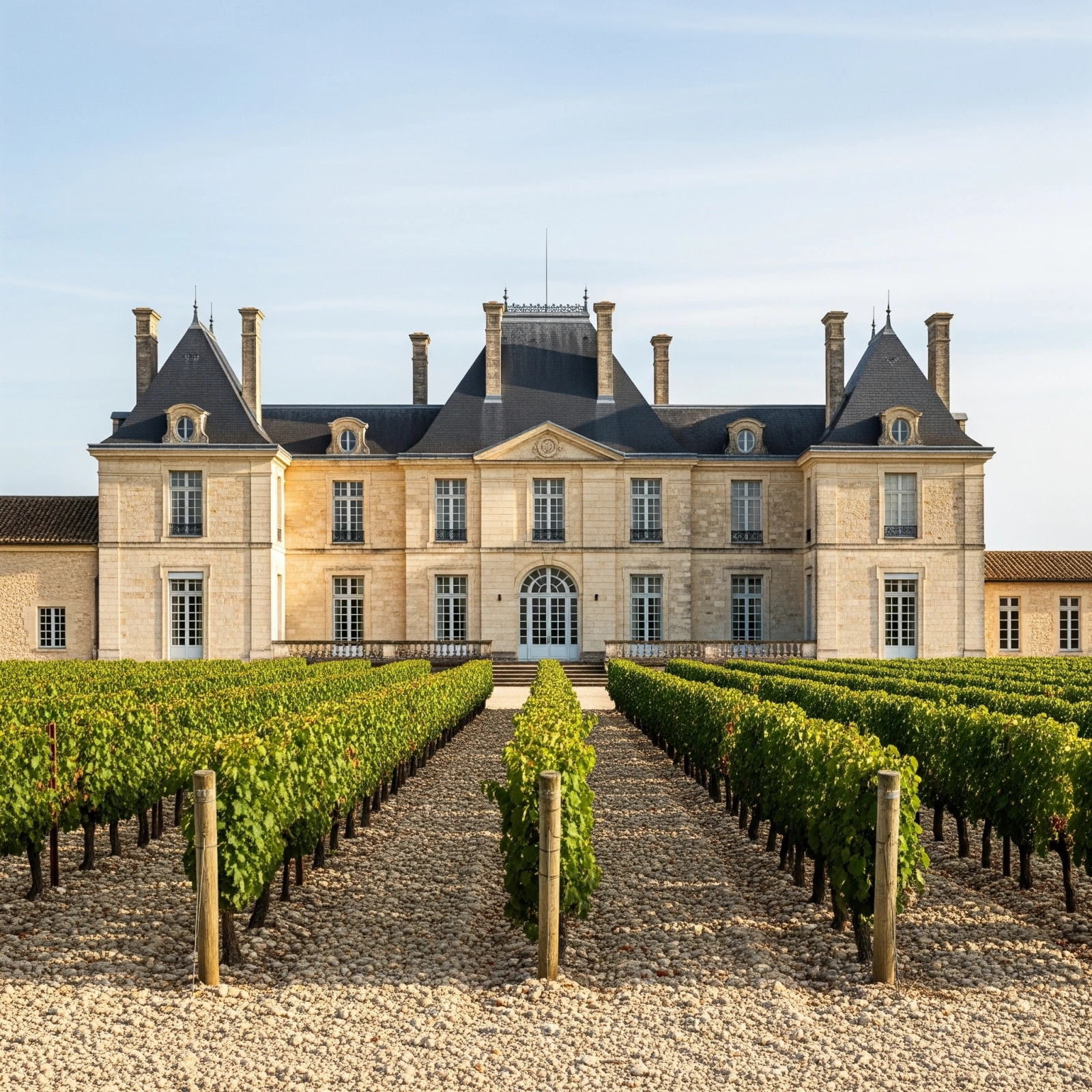
Then, continue north to Pauillac, home to giants like Lafite, Latour, and Pichon. At Château Pichon Baron, bold architecture mirrors bold wine. Your tasting may include a vertical lineup, allowing you to sense how the same wine evolves over a decade or more. It’s a powerful reminder: these wines are built to last, and they demand your full attention.
Pause midday for lunch at Château Cordeillan-Bages or Le Saint-Julien, where regional dishes like roasted pigeon or cep mushroom risotto complement the deep, dark fruit and graphite notes of Left Bank blends.
In the afternoon, consider a final visit to a boutique estate like Château Pedesclaux in Pauillac, where sleek design meets cutting-edge winemaking. Or, for a contrast in scale and style, visit Château Sociando-Mallet, an under-the-radar gem crafting age-worthy wines with a loyal following.
Return to your hotel in Saint-Émilion or Bordeaux city by early evening. Tonight, unwind however you choose: an impromptu bistro dinner in Chartrons, a final glass of Pauillac on your hotel terrace, or simply a quiet moment to reflect on the structure and soul of the wines you’ve tasted.
This was Bordeaux at its most iconic, but also its most personal.
Day 7: Savoring the Journey: Market Mornings & Final Reflections in Bordeaux
The final day is not a farewell, but a moment to gather everything you’ve tasted, seen, and felt - and let it settle.
Begin your morning at Marché des Capucins, the bustling belly of Bordeaux. Wander through rows of Arcachon oysters on ice, pyramids of sun-warmed strawberries, and golden cannelés stacked like treasure. Pull up a stool at a seafood counter for a market breakfast: oysters, lemon, and a crisp Entre-Deux-Mers white. Or pick up some local cheese and charcuterie to enjoy later with your favorite bottle from the trip.
Later, meet your private guide for a walking tour of Bordeaux’s historic centre. This UNESCO-listed district blends 18th-century elegance with a modern energy that pulses through riverside galleries and leafy squares. As you stroll past neoclassical facades and wine-trade landmarks, you’ll trace how Bordeaux’s identity has always been shaped, fermented, even, by the wine world.

Before your journey ends, there’s one last tasting. At Max Bordeaux Wine Gallery, you’ll sample rare Grand Cru Classé wines by the glass, poured from Enomatic machines that preserve each bottle’s integrity. As you swirl and sip, think back to that first glass in Épernay. What have you learned? How has your relationship with wine - and with travel - shifted?
Over lunch or an early dinner, indulge in one final meal at La Tupina, famed for its Gascon fire-kissed classics, or Le Chapon Fin, where a Belle Époque cave setting surrounds some of Bordeaux’s finest seasonal plates.
Then, it’s time to depart, by TGV, by private transfer, or perhaps by planning your next return.
Because the bottles you carry home will fade. But the intimacy of a vineyard morning, the stories shared in ancient cellars, and the feeling of walking terroir you once only tasted - that stays with you.
Practical Planning Tips: Booking, Timing & Etiquette
France’s harvest season (vendanges) typically runs from late August to early October, making September a vibrant, behind-the-scenes time to visit. Spring offers fresh air and budding vines, while June and early July balance beauty and quieter cellar access before summer crowds peak.
When mapping out your wine tasting itinerary in France, aim for 2–3 touring and tasting experiences per day, allowing time for leisurely lunches, cellar chats, and vineyard strolls. Many top domaines and Champagne houses require advance bookings and only offer private appointments - especially in Burgundy and Bordeaux.
As you move between regions, keep travel flow in mind. We design each France wine country itinerary to minimize stress and maximize experience, often using high-speed TGV connections paired with private drivers for local transfers.
And finally, mind your tasting etiquette. Ask questions, don’t wear strong perfume, and never be afraid to spit (it’s encouraged!). Winemakers appreciate curiosity, respect, and a willingness to listen.
The Joy of Slow Travel in French Wine Country
There’s a reason we chose a France 7-day itinerary over a whirlwind 3-day dash. Wine is inherently slow. It reflects years of work, seasons of growth, and centuries of tradition. To truly connect with it, your pace should match its rhythm.
Slow travel allows you to engage with place - not just pass through it. It’s the joy of walking a vineyard path as fog lifts from the vines, lingering over a second glass during a cellar chat, or detouring into a village market simply because something caught your eye.
Each stop on this French wine region itinerary was chosen not just for the quality of its wines, but for the depth of experience it offers. You’re not just tasting, you’re listening, learning, and living the story behind the bottle.
Whether you’re in the Champagne wine region, the Burgundy wine region, or Bordeaux, the real luxury isn’t in how much you can do. It’s in how deeply you can feel it.
Why Book Your 7-Day France Wine Tour With Into the Vineyard?
At Into the Vineyard, we believe a truly great wine journey doesn’t just taste exceptional - it flows effortlessly.
We don’t offer packaged tours. We design bespoke, experience-rich itineraries that bring France’s most iconic wine regions to life in a way that feels both seamless and deeply personal. Whether you’re planning your first France wine tour or returning for a deeper dive into terroir, we’ll craft an experience that fits your taste and travel style.
From TGV transitions to tucked-away estates, our team handles the logistics behind the scenes so you can travel with full presence and zero stress. We partner with winemakers, chefs, and local experts who share our commitment to authenticity, access, and unforgettable moments.
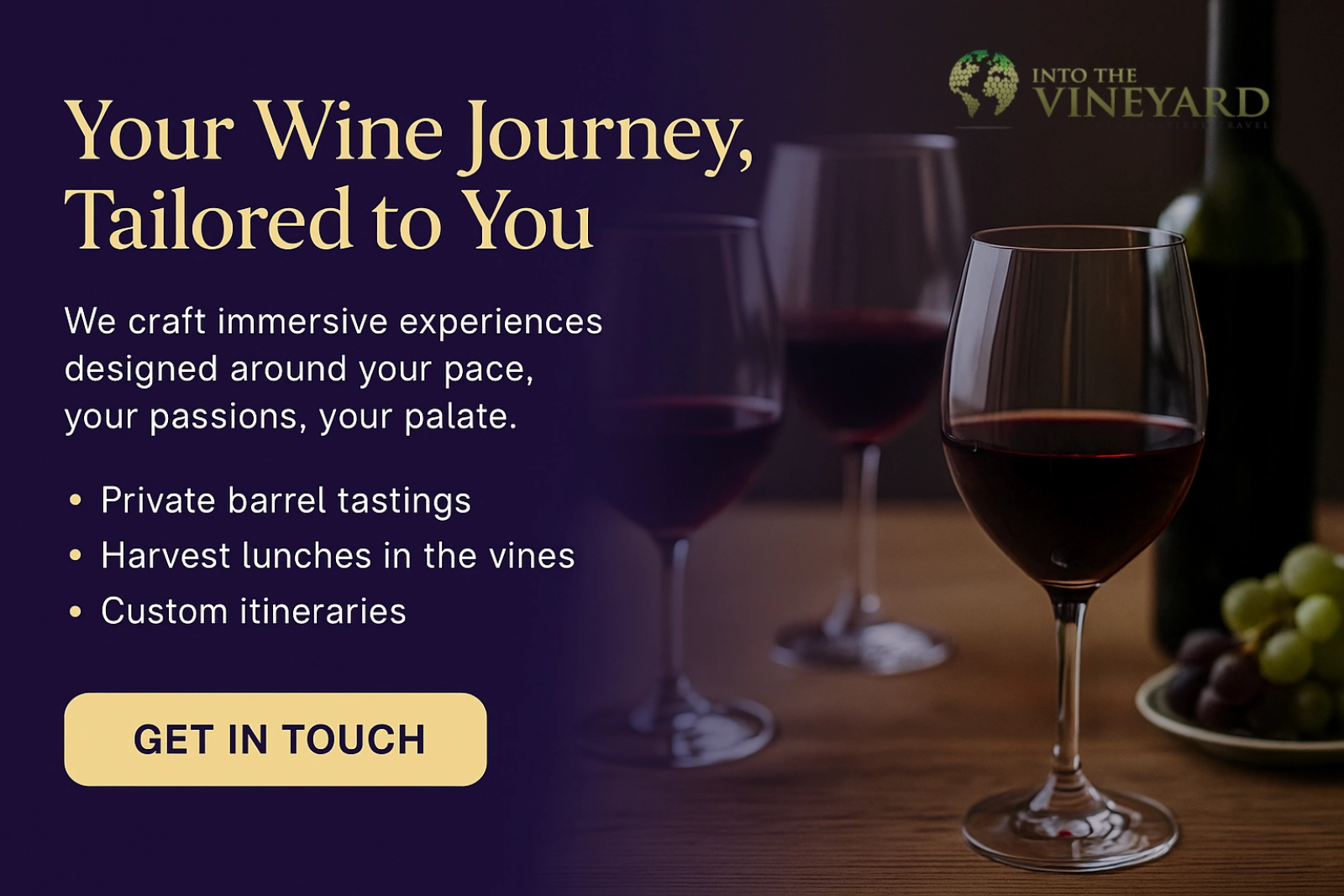
Ready to explore France’s legendary wine country your way?
Browse our sample France itineraries or reach out to begin crafting your 7-day France wine touring itinerary - a journey of terroir, time, and taste, made just for you.